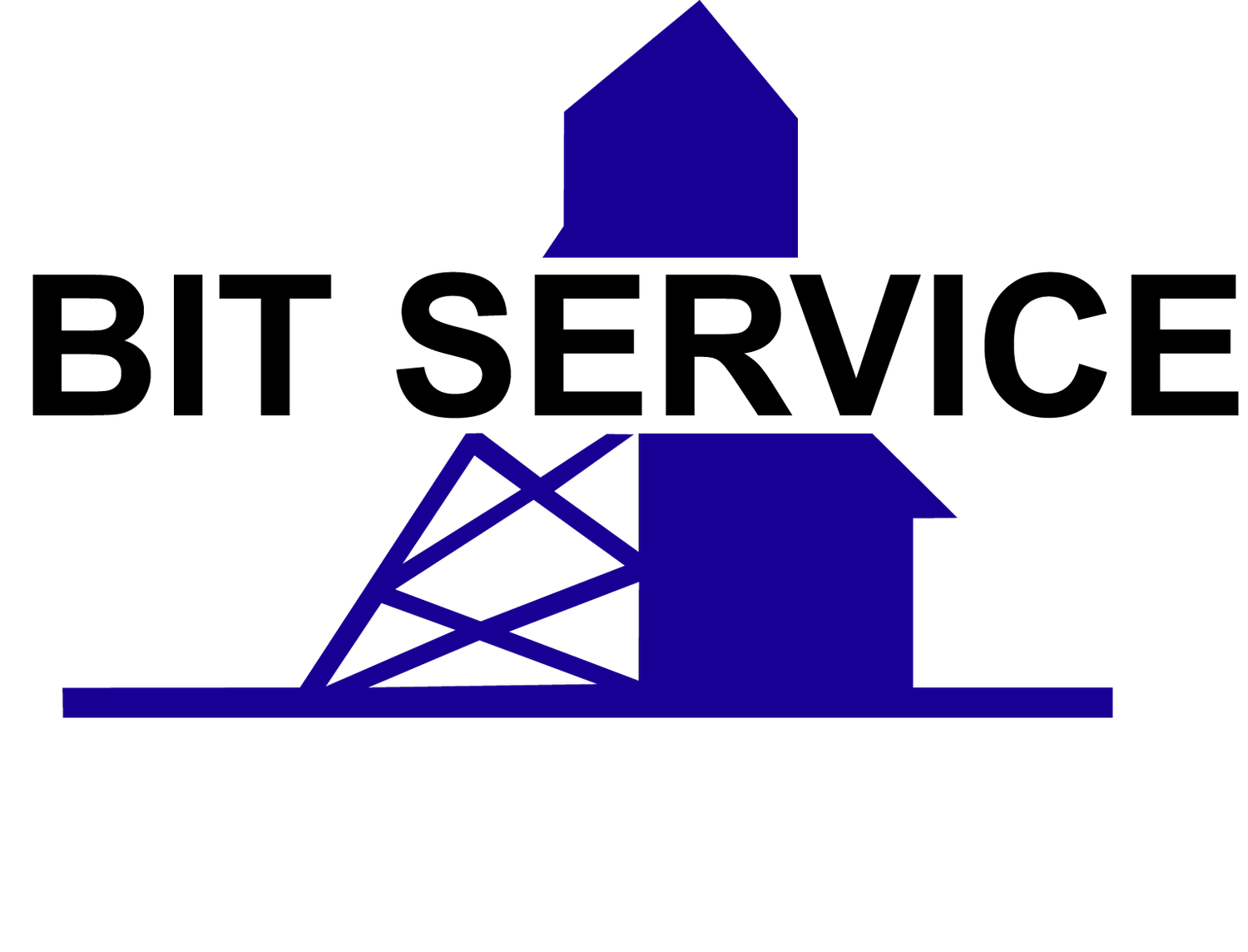COPPER: FROM MINES TO MARKET
By: Scott Bahr
Copper is a soft, malleable metal found in many items commonly used in daily life and mining and construction. It’s used for:
electrical wires and cables because of its conductivity;
plumbing, industrial machinery, and construction materials due to its durability, machinability, corrosion resistance, and ability to be cast with high precision;
and in many emerging and clean technologies, such as solar cells and electric vehicles.
Over half of the copper in Canada originates from mines in British Columbia, and in 2019, Canadian mines produced 543,608 tonnes of copper in concentrate. The same year, Canada exported a total value of $7 billion.
When mined, ore typically contains less than 1% copper and must go through several physical and chemical processing steps before it is market-ready.
STEP 1: CONCENTRATION
Once mined, the first significant step in refining copper is the crucial concentration process—a process involving grinding mined ore to separate copper and waste rock. Typically, concentration happens on-site to manage transportation costs and maintain efficiency.
Next, the copper goes through the process of slurrying the ground ore with water and chemical reagents. Air is blown through the mixture, and copper floats to the top, where it is removed with a skimmer.
After the concentration step, copper ore concentrate levels are usually between 24 and 40%.
STEP 2: REFINING
The next step in getting copper to market-ready conditions is the refining process. During this stage, unwanted material is progressively removed until copper becomes concentrated at up to Grade A copper level, or 99.99% purity. This process varies depending on the minerals the copper is bound with.
Copper ore rich in sulphides is processed via pyrometallurgy, a process in which copper concentrate is dried and heated in a furnace. The heat causes chemical reactions that result in the copper and impurities segregating into two layers. Once the slag layer of impurities on top is discarded, the matte layer is left, containing the copper. Next, the copper must go through a converter where it forms a converted copper called “blister copper.” This converted copper is then put through fire refining, where air and natural gas remove any remaining sulphur and oxygen. The refined copper is finally processed into a copper cathode process which produces 99% pure copper.
Copper ore that is rich in oxides is refined through hydrometallurgy: a set of copper concentration processes. The most common hydrometallurgy method is solvent extraction and electrowinning (SX/EW). In this process, an organic solvent separates copper and unwanted material, then sulfuric acid strips the copper from the solvent, resulting in an electrolytic solution. Finally, during electrowinning, copper is plated onto a cathode.
According to the Copper Development Association, the SX/EW process was widely adopted in the 1980s, with roughly 20% of the world’s copper production now produced this way.
COPPER TO MARKET
Mining companies will sell copper in concentrate or cathode form. Copper concentrate is most often further refined using equipment at a different location than company mine sites. Miners are responsible for declaring copper concentrations. Additionally, copper may be spot-checked by a third party when they’re on the way to the refiner. Depending on the level of harmful elements (lead or tungsten, for example), mining companies may face penalties.
The majority of smelting companies have strict requirements regarding the concentration of impurities within the copper. If producers surpass the allowed level of impurities, they are required to pay a financial penalty.
If you’d like to learn more about products we offer at Bit Service to aid in the production of copper, contact us today!
